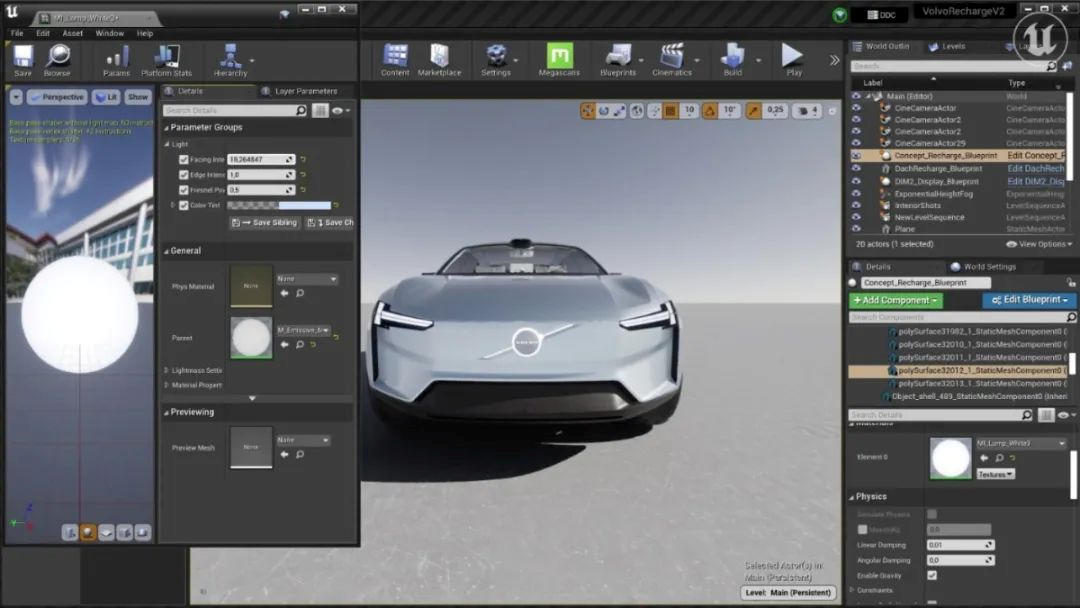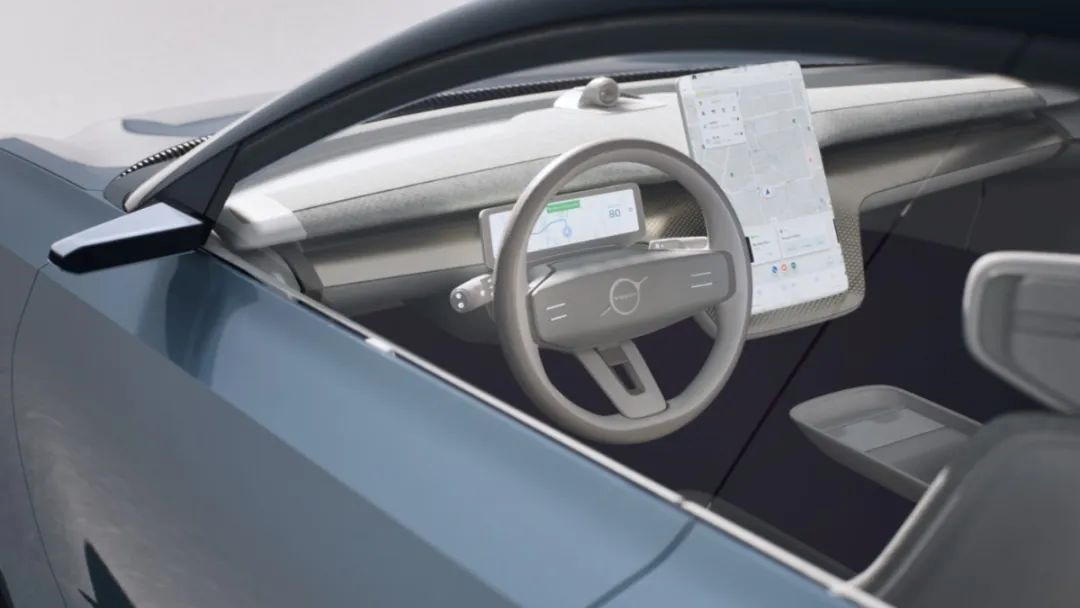Author: Chang Yan
From 00:00 this morning, the long-awaited Chinese New Year atmosphere finally filled the WeChat moments of my friends in Shanghai as the city lifted its lockdown.
Therefore, at the beginning of this article, we want to congratulate our Shanghai friends on starting a new life.
Being stuck at home for a long time has given people a lot of time for contemplation. Interestingly, I was placed under quarantine in my community last week for a full week, during which I discovered two universal truths:
-
Things that interest you, no matter how far apart they may seem, will always intersect.
-
Two intersecting industries, no matter how different the people they serve, will always have some common needs.
For example, as someone who fantasized about having time to play games while being stuck at home, would you believe that Volvo Cars would suddenly announce a partnership with Epic Games, a leading global game company?
However, the two are working on the same thing: providing an environment that is rich and responsive enough to give players the feeling of being present, and now car users have the same demand.
According to the partnership plan, Volvo will use Unreal Engine, a game development engine under Epic, in the next generation of its flagship electric car, greatly improving the digital cockpit visualization effect and providing extremely realistic visual effects for passengers.
Here’s an explanation of the concept and value of game engines for friends who don’t play games frequently. You can think of it as a component that developers can use to easily design interactive visual images and 3D functions using the modules it provides. This doesn’t just mean that it can be used to create games – if you’re someone who observes life carefully, you’ll see the shadow of Unreal in many app splash screens, and even the QQ Show on iPhones is rendered using this engine.
If you, like me, have experienced the evolution of QQ Show from the pixelated paper dolls of the past to the current 3D high definition, then you’ll understand how this partnership can transform Volvo’s intelligent system interactive capabilities.
Henrik Green, Chief Product Officer of Volvo Cars, said: “To provide better user services and promote a more safe, personalized driving experience, we need rich, immersive, and responsive in-car visual effects. The use of Unreal Engine in the product development process helps us achieve this goal and provides users with a more enjoyable in-car experience.”To prove that its words are not empty, Volvo has announced that it will pair the third-generation Qualcomm Snapdragon Digital Cockpit platform, which is more commonly known as the Qualcomm Snapdragon 8295, with its next-generation models, a chip that will boost the speed of the infotainment system by two times and the speed of image production and processing by 10 times.
“Supercharge Station” was the first to interview Thomas Stovicek, responsible for Volvo’s user experience and interaction design business, to learn the story behind the collaboration.
According to Thomas Stovicek, the gap between the technological ability demands and supply caused by technological change is the key to driving this partnership.
In Thomas Stovicek’s view, the big transformation of networking and electrification has allowed for different sensor systems in and outside of the car, as well as different trends and processes for enabling various functions, all of which the driver needs, but “previous technologies were indeed limiting,” requiring improvement in areas such as 3D modeling, rapid information rendering, and quick visual response.
The application of Epic’s related technology is not just about making the visual effects more dynamic and rich; it involves the flow and reshaping of information, as Thomas Stovicek said: “As a new technology like the Unreal Engine, we will use different layers and architectures throughout the design and development process to restructure this information and provide it to users.”
“We will provide drivers with more and richer information, and further optimize it for them, ensuring that they can receive these simple, safer, and more personalized flows of information undisturbed while focusing on driving. Our main goal is to make drivers focus on driving while also being able to easily receive all this information. This is a revolutionary change in the user experience and solution for drivers provided by our designers and developers.”
For passengers in the car, this means more intuitive, personalized, and even safer experiences. You can think of Epic as a middle layer connecting creators and users, providing not only powerful but also convenient tools for engineers and designers to create the digital features that users need.
“Epic has its own development tools to offer designers and developers, which allows them to iterate very quickly and collaborate more closely.””The tool provided by Epic for all developers and designers is very fast and allows for convenient iterative processes, which is a revolutionary experience. As creators of digital experiences on a larger scale, Epic also offers Volvo the possibility for digital creativity in more areas. During this communication, Thomas Stovicek also held an open attitude towards the possibility of developing VR and AR content in the future.
This feature will be first applied in Volvo’s next-generation flagship pure electric vehicle, which will be unveiled by the end of this year and drive Volvo towards its goal of transforming into a pure electric luxury car manufacturer by 2030.
To be honest, I don’t want to be blocked again, but if it does happen in the future, it wouldn’t be too bad to be in a car with Unreal Engine support, right?”

This article is a translation by ChatGPT of a Chinese report from 42HOW. If you have any questions about it, please email bd@42how.com.
